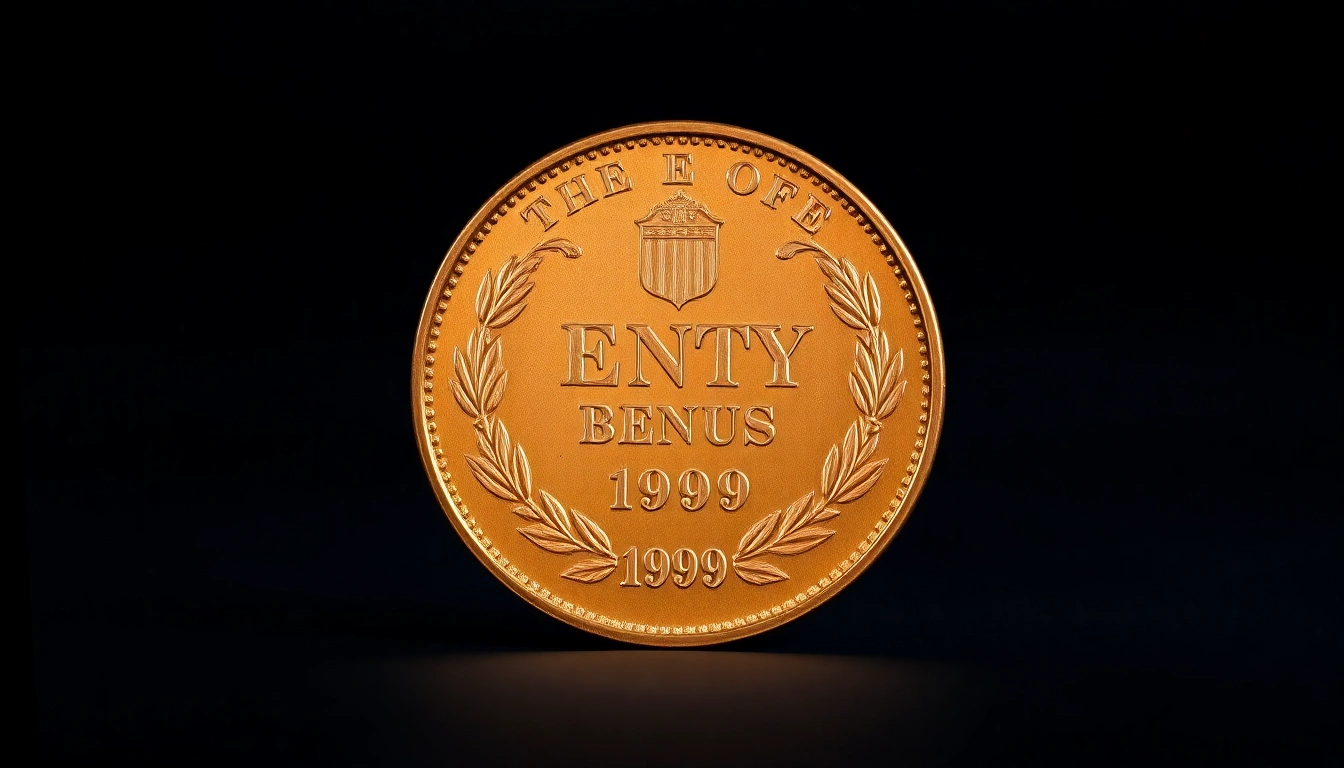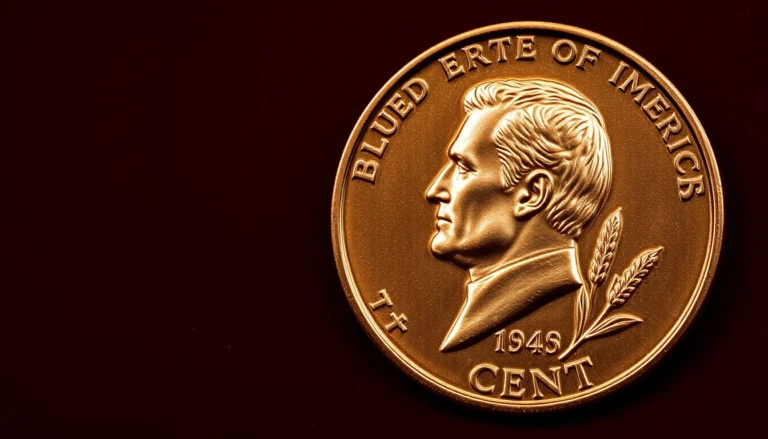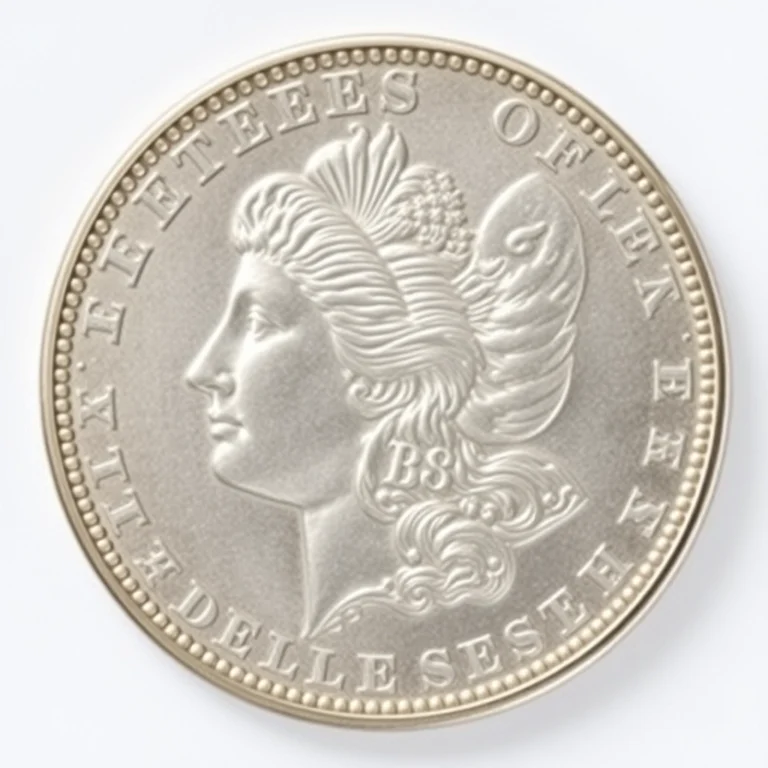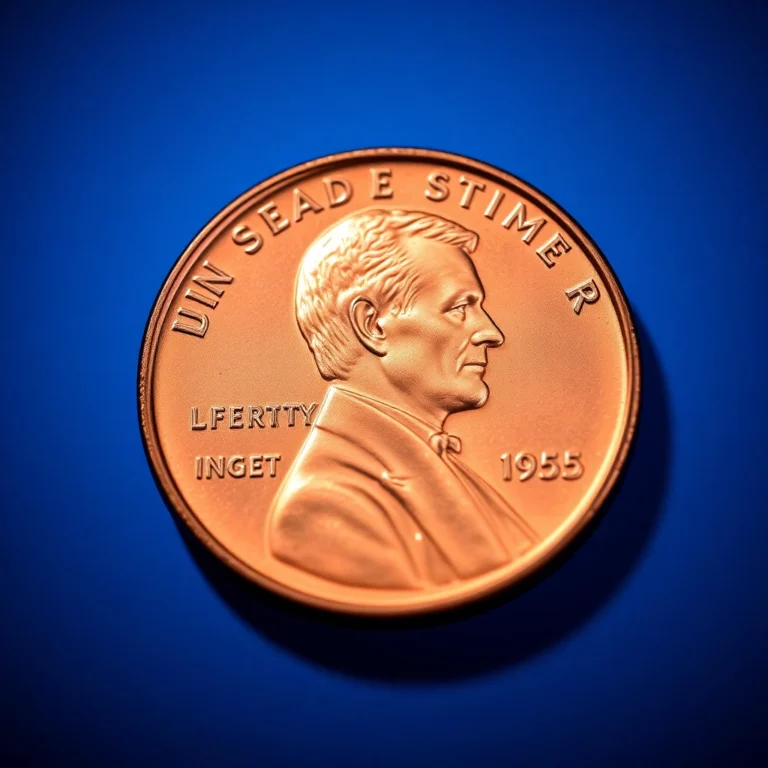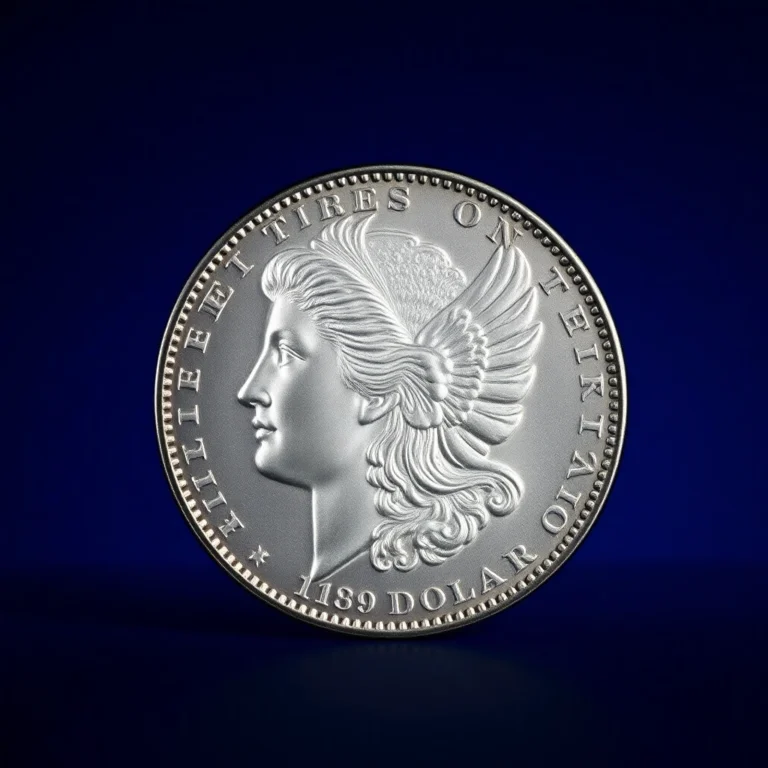For over a century, the Lincoln penny has jingled its way through the pockets of Americans, transforming from a simple copper cent to a canvas of historical artistry. Its evolution is not just a story of design changes but a reflection of the nation’s cultural and historical milestones. Coin collectors, both novice and experienced, find the Lincoln penny a captivating study, as each variation captures a slice of American history in miniature form.
This article will guide you through the fascinating journey of the Lincoln penny’s design, from its inception in 1909 to its present incarnation. You’ll discover the artistic visionaries behind its creation, the political influences that shaped its imagery, and the subtle yet significant tweaks that have kept it relevant through the decades. Understanding these changes not only enhances appreciation but also sharpens the collector’s eye for spotting rarities.
As you delve into the Lincoln penny’s past, you’ll uncover which editions are prized treasures, potentially hiding extraordinary value in plain sight. Whether you’re a seasoned numismatist or a curious newcomer, this exploration promises to add a new dimension to your collecting pursuits.
Historical Background and Significance
The Lincoln Penny, first minted in 1909, marked a significant departure in U.S. coinage as it was the first American coin to feature a historical figure. Celebrating the centennial of Abraham Lincoln’s birth, this penny was introduced to replace the Indian Head cent. Designed by Victor David Brenner, the Lincoln Penny was not only a tribute to one of America’s most revered Presidents but also a reflection of the nation’s evolving identity during the early 20th century. Its introduction was met with both enthusiasm and controversy, particularly regarding Brenner’s initials, V.D.B., which appeared prominently on the reverse of the initial issue.
Physical Characteristics and Design
Since its inception, the Lincoln Penny has undergone several design changes, yet its core elements remain. The obverse consistently features a profile of Abraham Lincoln, while the reverse has seen more variation, beginning with the wheat ears (1909-1958), shifting to the Lincoln Memorial (1959-2008), and finally to the Union Shield (2010-present). The coin is composed primarily of copper, though its composition has varied slightly over time, notably during the 1943 steel cent year when copper was conserved for the war effort.
Mintage Figures and Rarity
The Lincoln Penny has seen varying mintage numbers, with some years and mint marks being particularly rare and sought after by collectors. Key dates include the 1909-S V.D.B., 1914-D, 1922 No D, and the 1955 Doubled Die, each commanding premium prices due to their scarcity and demand.
Known Varieties or Errors
Numerous varieties and errors make the Lincoln Penny a fascinating series for numismatists. Among the most famous are the 1909-S V.D.B., the 1943 copper cent, and the 1955 Doubled Die Obverse. These coins are often the highlights in coin collections and auctions, fetching high prices due to their rarity and historical importance.
Value Information
Below are detailed tables outlining the value ranges for some key Lincoln Penny dates by grade:
1909-S V.D.B. Lincoln Penny
| Grade | Value Range |
|---|---|
| Good (G-4) | $700-$850 |
| Very Good (VG-8) | $850-$1,000 |
| Fine (F-12) | $1,000-$1,200 |
| Very Fine (VF-20) | $1,200-$1,500 |
| Extremely Fine (EF-40) | $1,500-$2,000 |
| About Uncirculated (AU-50) | $2,000-$2,500 |
| Mint State (MS-60) | $3,000-$4,000 |
| Gem Mint State (MS-65) | $5,000-$7,000 |
1955 Doubled Die Lincoln Penny
| Grade | Value Range |
|---|---|
| Good (G-4) | $800-$1,000 |
| Very Good (VG-8) | $1,000-$1,200 |
| Fine (F-12) | $1,200-$1,500 |
| Very Fine (VF-20) | $1,500-$2,000 |
| Extremely Fine (EF-40) | $2,000-$2,500 |
| About Uncirculated (AU-50) | $3,000-$4,000 |
| Mint State (MS-60) | $5,000-$8,000 |
| Gem Mint State (MS-65) | $10,000-$15,000 |
Authentication Tips
Authenticating a Lincoln Penny, especially rare varieties, is crucial to ensuring its value. Examine the coin for specific markers, such as the presence of the V.D.B. initials on the 1909-S, or the distinctive doubling on the 1955 Doubled Die. Utilize magnification tools to inspect details and consult with recognized numismatic experts or use grading services like PCGS or NGC for professional authentication.
Happy collecting! 🪙🔍
FAQs
How does the value and grading of Lincoln pennies impact their collectibility?
The value of Lincoln pennies is influenced by their condition, rarity, and historical significance. Grading, which assesses a coin’s condition, ranges from Poor (P-1) to Mint State (MS-70). Higher grade coins typically command higher prices. Collectors often seek professionally graded coins for assurance of quality and value.
What are some tips for authenticating a Lincoln penny?
To authenticate a Lincoln penny, examine details like the date, mint mark, and edge for signs of tampering. Use a magnifying glass to check for wear patterns consistent with the coin’s age. Comparing the coin to high-quality images of known genuine examples can also help in verifying authenticity. For high-value coins, consider professional authentication services.
What advice would you give to someone starting a Lincoln penny collection?
Begin by focusing on a specific series, such as Wheat pennies (1909-1958) or Memorial pennies (1959-2008). Acquire a quality magnifying glass and learn basic grading skills. Start with circulated coins to build experience, and gradually move to rare or high-grade pieces. Join coin clubs for community support and further learning.
Why is the Lincoln penny historically significant?
The Lincoln penny, introduced in 1909, was the first U.S. coin to feature a historical figure, marking a significant departure from classical imagery. It commemorates Abraham Lincoln’s 100th birthday and reflects changing public attitudes towards honoring American leaders. The penny’s design evolution mirrors the nation’s cultural and artistic shifts over the decades.
What are some common varieties and errors found in Lincoln pennies?
Lincoln pennies feature notable varieties like the 1909-S V.D.B., known for its scarcity, and the 1955 doubled die, famous for its striking error. Other common errors include off-center strikes, die cracks, and repunched mint marks. Collectors value these for their uniqueness and the insight they provide into the minting process.
